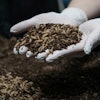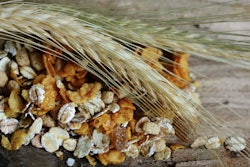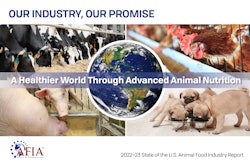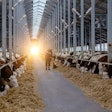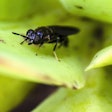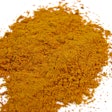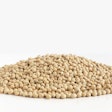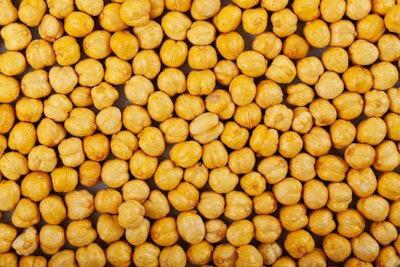
Chickpeas, scientifically known asCicer arietinum, have long been a staple in human diets across the world. These legumes are not only delicious and versatile in various culinary dishes but also pack a nutritional punch. However, their potential extends beyond our own plates.Chickpeas can play a significant role in animal nutrition, offering a valuable source of protein, fiber and other essential nutrients. In this article, we’ll explore the benefits of using chickpeas in animal feeds and how they can contribute to healthier and more productive livestock and poultry.
Nutritional profile of chickpeas
Before discussing the practical application in animal feeds, it is essential to understand the nutritional composition of chickpeas. In general (as this depends largely on growing conditions), chickpeas are rich in:
Protein: Chickpeas contain about 19-22% protein, making them a valuable source of this essential nutrient for animals. High-quality protein is crucial for growth, muscle development and overall health.
Fibers: Chickpeas are a good source of dietary fibers, with approximately 6-8% fiber content. Fiber in general aids in digestive health, promoting regular bowel movements and reducing the risk of digestive disorders in animals. The role of specific chickpea fibers on gut microbiota balance remains a matter of investigation.
Carbohydrates: Chickpeas provide complex carbohydrates, supplying a steady source of energy for animals throughout the day. However, chickpeas should not be considered a major source of energyper se.
Vitamins and minerals: Chickpeas are especially rich in minerals and trace minerals and a good source for certain vitamins. These include folate, vitamin B6, magnesium, iron and phosphorus.
Using chickpeas in animal feeds
鹰嘴豆可以被纳入所有的陆地animal diets, mainly as a supplemental protein source. Their relatively high protein content makes them an excellent alternative to other plant protein sources. Whether this results in cost savings is a matter of relative local prices.
Poultry feeds
Chickpeas can be very beneficial for poultry. They can be provide a balanced and wholesome diet for broilers and layers. Chickpeas’ protein content contributes to muscle development in broilers, while their fiber content can help regulate digestion in layers. The prebiotic effects of several fiber families in chickpeas are something that warrants further research.
Swine feeds
Swine can benefit from chickpeas as well, with the legume providing essential amino acids and energy for growth. Including chickpeas in swine diets can lead to improved feed efficiency and weight gain, according to some older studies, and an alternative to more locally expensive protein sources.
Ruminant feeds
Although ruminants primarily consume forage, chickpeas can still play a role in their nutrition. Whole, ground chickpeas can be used again as (mainly) a protein supplement, but also, straw and spent chickpea plants can be used as supplemental forage feed, providing fiber and nutrients to cattle.
There are other less obvious benefits of using chickpeas in animal diets apart from being a rich and versatile nutrient source. The value of these benefits will always depend on regional preferences, pricing and consumer trends.
Sustainable protein source: Chickpeas are considered by some as a more sustainable source of protein, making them an eco-friendly alternative to traditional protein feeds. Their cultivation often requires fewer resources and has a smaller environmental impact. This can be significant when compared with expensive imported raw materials.
Improved digestive health: As mentioned above, chickpeas’ fiber content can be a source of prebiotic compounds that may promote better digestive health in animals, reducing the risk of digestive disorders and enhancing nutrient absorption. This, again, can be of great importance in regions where in-feed antibiotics are banned or considered a negative.
Cost-effective feeding: Traditional protein sources require warmer climates than chickpeas. Thus, in such regions, and assuming chickpeas can be cultivated at a reasonable cost, they can become an economical alternative for arable crop armers who also raise their own animals. In essence, their high protein content will reduce the need for imported protein sources.
Enhanced product quality: Evidence on this is scarce, but some advocate that when chickpeas are included in poultry diets, meat and egg quality are improved. This can offer a competitive advantage to chickpeas and as such requires further investigation and verification.
Conclusion
Chickpeas offer a promising alternative to other plant-based protein sources for animal nutrition, providing a nutrient-rich and most likely locally more sustainable feed option. Their high protein content, fiber, vitamins and minerals make them a valuable ingredient for all animal feeds. As the demand for sustainable and cost-effective animal nutrition solutions continues to grow, chickpeas are poised to play a more significant role in meeting these needs now and in the near future.




